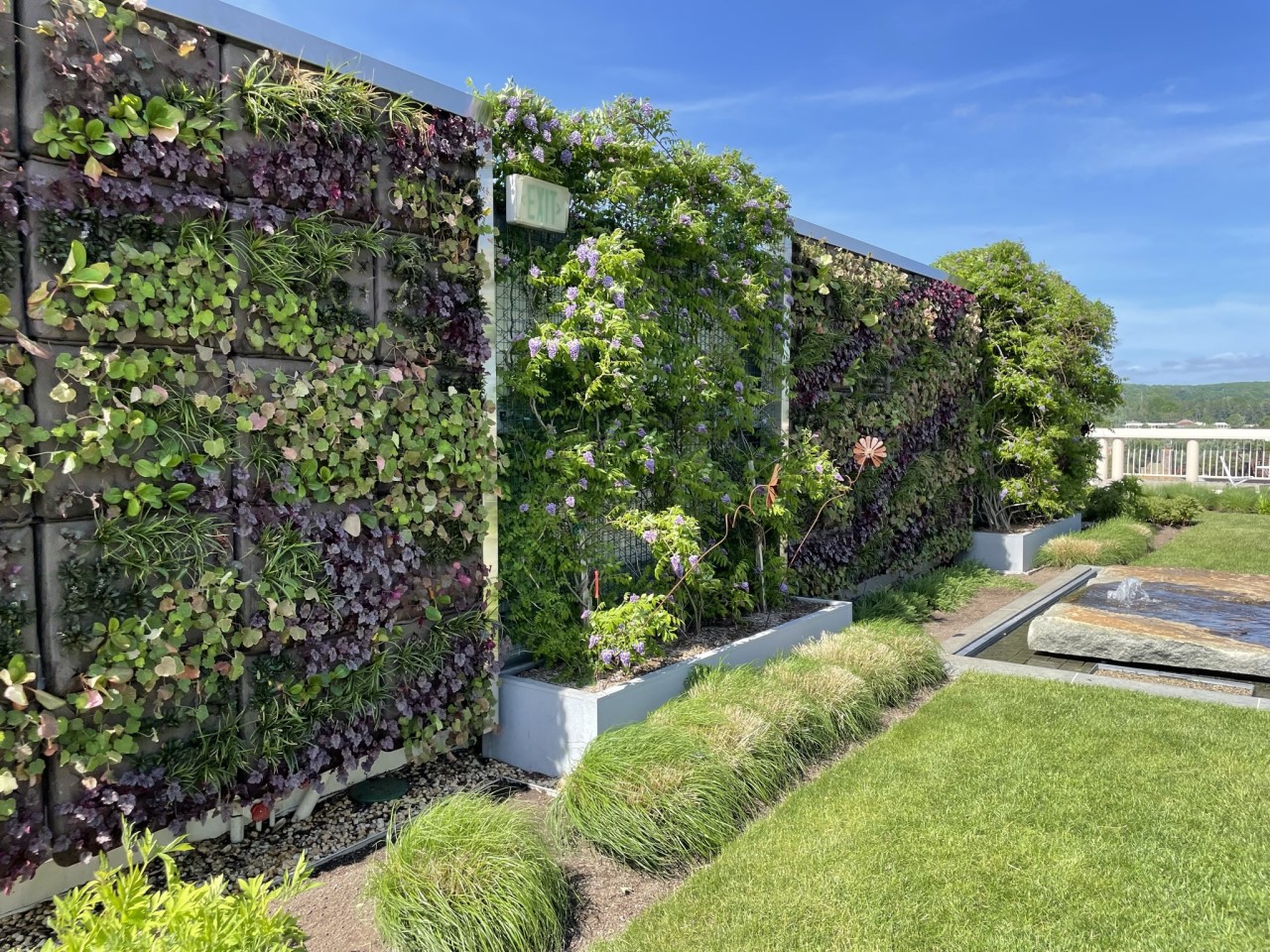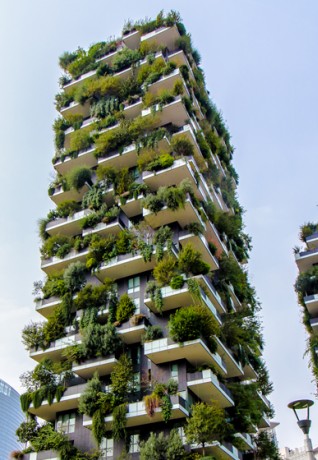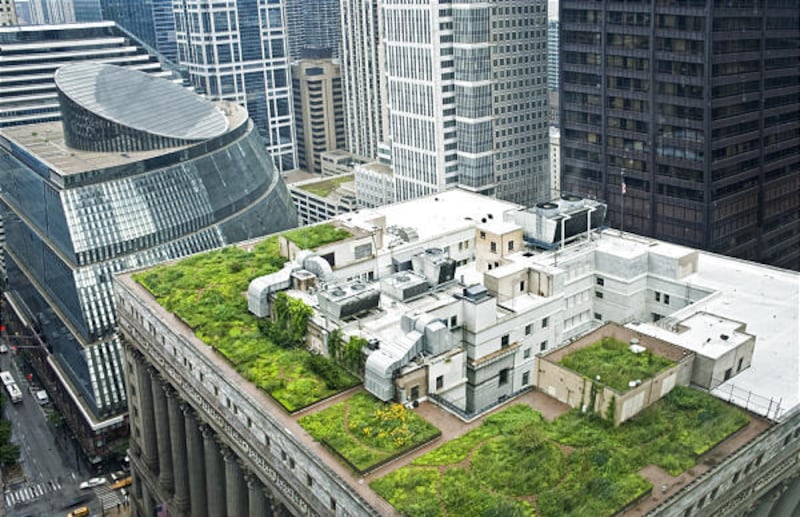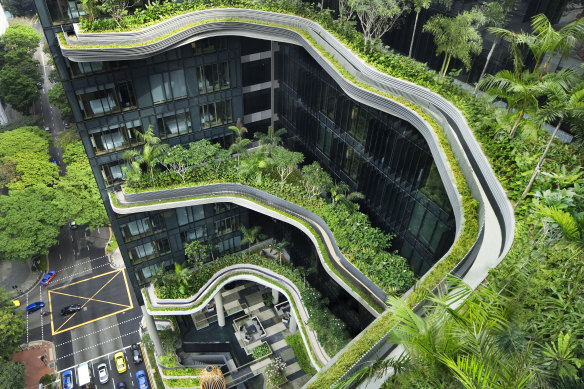26.02.2025
Green Roofs and Vertical Gardens: A Passing Trend or Urban Necessity?
As cities become denser and climate change accelerates, green roofs and vertical gardens are transforming urban landscapes. While once considered a design trend, these innovations are now proving to be essential for sustainability, energy efficiency, and improving urban living conditions.
1. What Are Green Roofs and Vertical Gardens?
- Green roofs are vegetated layers installed on building rooftops, providing insulation, stormwater management, and biodiversity support.
- Vertical gardens (or green walls) are structures covered with plants, either soil-based or hydroponic, that improve air quality and aesthetics.
These solutions are gaining traction worldwide, with cities implementing policies to encourage their adoption.

2. Environmental Benefits
Green infrastructure plays a crucial role in addressing urban environmental challenges:
- Reducing the Urban Heat Island Effect – Green roofs can lower rooftop temperatures by 30–40°C, reducing the need for air conditioning.
- Stormwater Management – A green roof can absorb 50–90% of rainfall, reducing the risk of urban flooding.
- Air Quality Improvement – Vertical gardens can filter up to 87% of airborne pollutants in cities, according to NASA studies.
3. Economic and Energy Savings
While installation costs can be higher, green roofs and vertical gardens offer significant long-term savings:
- Lower Energy Bills – Green roofs reduce energy consumption for cooling by 25–50% in summer and provide insulation in winter.
- Extended Roof Lifespan – A conventional roof lasts 15–20 years, while a green roof can last 40–50 years, reducing maintenance costs.

4. Urban Biodiversity and Social Benefits
Green spaces in cities create healthier environments:
- Wildlife Habitats – Green roofs support bees, birds, and insects, increasing urban biodiversity.
- Mental Health Improvement – Studies show that exposure to green spaces reduces stress levels and improves mental well-being.
- Increased Property Value – Buildings with green infrastructure see property value increases of 7–15% due to aesthetic and sustainability factors.
5. Real-World Examples
- Bosco Verticale (Milan, Italy) – Two residential towers covered with over 900 trees and 20,000 plants, reducing CO₂ and improving air quality.

- The Chicago City Hall Green Roof – Reduces rooftop temperatures by up to 14°C, saving energy and mitigating heat island effects.

- Singapore’s Parkroyal on Pickering Hotel – Features cascading vertical gardens, reducing energy consumption by 30%.

6. Are Green Roofs and Vertical Gardens a Necessity?
With climate change worsening, urban populations increasing, and governments introducing sustainability policies, these solutions are no longer optional—they are becoming a necessity. Many cities now mandate green roofs for new buildings:
- France (2020) – Requires all new commercial buildings to have green roofs or solar panels.
- Toronto (2009) – First North American city to require green roofs on new developments.
- Germany – Offers subsidies covering up to 50% of green roof installation costs.
Green roofs and vertical gardens are not just a passing trend—they are a key solution for sustainable, resilient, and livable cities. As urban challenges grow, these innovations will become a standard feature in modern architecture, helping to combat climate change, reduce energy costs, and enhance urban well-being.
Enhance Urban Projects with Plandi.io
For architects and developers integrating green roofs and vertical gardens into their projects, Plandi.io provides valuable resources. From specialized BIM models to connecting with eco-friendly material suppliers, Plandi.io helps streamline the design and implementation of sustainable urban spaces. Create solutions that combine aesthetics and functionality with Plandi.io.
The article was useful to you?
3
14
0